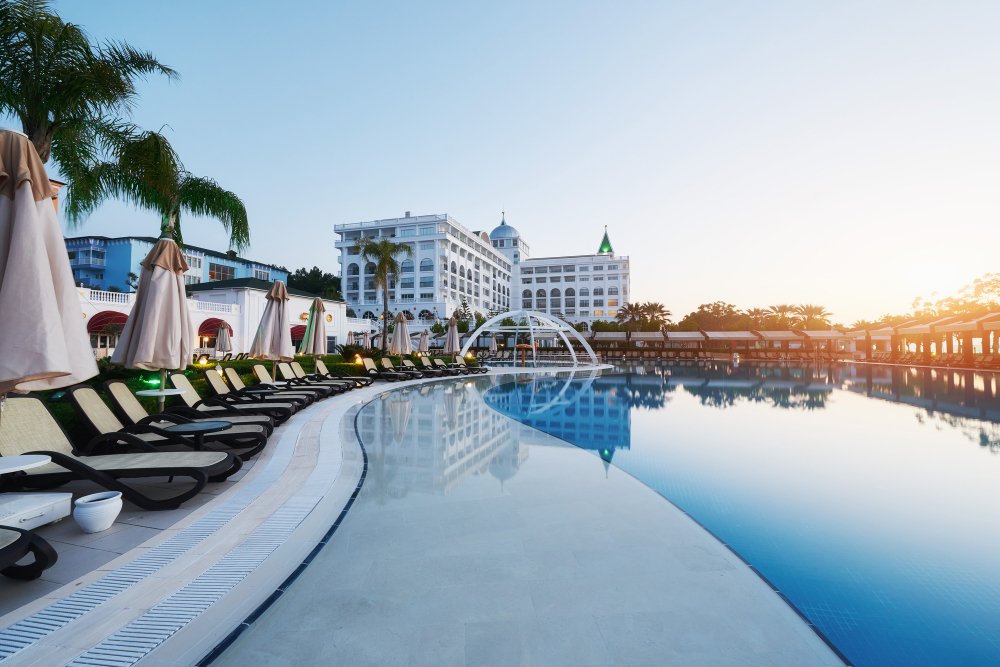Overview of Touristic Areas & Resorts
Touristic areas and resorts are key components of the global tourism industry, playing a major role in attracting visitors, boosting local economies, and promoting cultural and natural heritage. These destinations offer a wide range of services including accommodation, dining, entertainment, recreational activities, and wellness experiences, catering to both international and domestic travelers.
Types of Touristic Areas
Touristic areas can vary widely depending on geography, culture, and attractions. Common types include:
- Coastal and beach resorts (e.g., Maldives, Bali, Cancun)
- Mountain and ski resorts (e.g., Swiss Alps, Aspen, Niseko)
- Historical and cultural sites (e.g., Rome, Petra, Kyoto)
- Nature and eco-tourism destinations (e.g., Costa Rica, Galápagos Islands, Yellowstone National Park)
- Urban and city tourism hubs (e.g., Paris, Dubai, New York)
Resorts: Modern Travel Hubs
Resorts are fully equipped leisure facilities designed to provide guests with a comprehensive vacation experience. They come in various forms, such as:
- All-inclusive resorts
- Spa and wellness retreats
- Family-friendly resorts
- Luxury boutique resorts
- Golf and adventure resorts
Modern resorts often integrate sustainable practices — from energy-efficient buildings to waste reduction programs — in response to growing environmental awareness among travelers.
Economic and Social Impact
Touristic areas and resorts contribute significantly to national and regional economies by:
- Generating employment opportunities
- Supporting local businesses (crafts, food, transportation)
- Promoting infrastructure development
- Encouraging cultural preservation and exchange
However, they also face challenges such as seasonal demand fluctuations , over-tourism , environmental degradation , and social inequality if not managed responsibly.
Trends Shaping the Industry
- Rise of sustainable and responsible tourism
- Growth of digital booking platforms and smart hotel systems
- Increasing demand for personalized travel experiences
- Expansion of staycations and local tourism post-pandemic
- Integration of eco-friendly architecture and technology
As the world becomes more connected and environmentally conscious, touristic areas and resorts must continue to evolve — balancing economic growth with ecological preservation and cultural respect.

